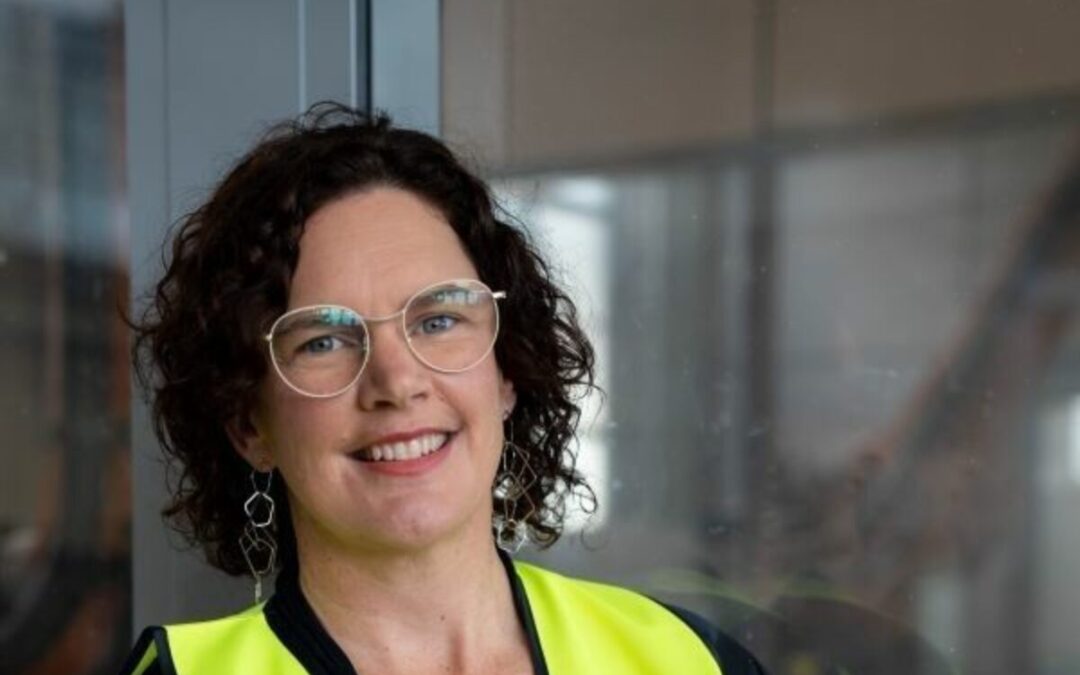Staff Reporter
13 May 2024 02:16
As we come towards the end of our editorial series – Towards 3% R&D – Turbocharging Australia’s Innovation Effort – Professor Cori Stewart Founder and CEO ARM Hub explains the importance of commercialising hubs in turning research into economic outcomes.
For the past two decades the capability generated by Australian R&D funding and the capability of Australian industry have plotted very different paths.
While Australian industry has hollowed out with plummeting levels of economic complexity in our export mix matched by high levels of import penetration, our research institutions have alternatively invested in their research capability and benchmarked themselves globally.
With the worldwide economy showing significant signs of deglobalising as nation states institute market-creating industrial policies in response to the pandemic, geopolitical tensions and economic uncertainty, Australia is now faced with a painful misalignment between its research and industrial capabilities.
To build Australian industry, our R&D investments have to meet Australian industry needs.
Raising R&D spending from a woeful 1.68% to 3% of GDP is unquestionably important.
Yet, it is any wonder universities have set their sights bigger and beyond Australia with both local business and government scaling back investment.
As Dr John Howard explained earlier in this series: ‘In 2019, Australian higher education expenditures on R&D amounted to 37.1% of national research investment (compared to 24.8% in 2008), with business contributing 53.0% (down from 62.8% in 2008) and government 9.9% (down from 12.4%)’.
But the fact is, regardless of where the investment has come from in the past, leadership is required to address the misalignment in capability that we are faced with.
Without purposeful change, Australia’s economic, business and talent drain challenges will become further entrenched and opinions more polarised as to what the role of publicly funded R&D should do and how success is measured.
The role of commercialisation centres
Success in other countries has come from long term investments in R&D commercialisation and translation centres like the Fraunhofer Institutes in Germany, UK’s Advanced Manufacturing Catapult Centres, and similar manufacturing capability centres and networks in Sweden, Singapore, Israel and Canada.
These are independent industry-led centres addressing local industry market creation opportunities leverage cutting-edge science and technology.
These Centres are supported by industry, governments and research and training bodies. Universities partner with these Centres to provide research, know-how and new talent.
These are the Centres models I have adapted to build the ARM Hub here in Australia, including our commitment to support small-to-medium enterprises.
@AuManufacturing is publishing contributions from readers for our series – Towards 3% R&D – turbocharging our national innovation effort – over a, month and will shortly publish contributions in an e-Book. Information: Peter Roberts, 0419 140679 or write to editor@aumanufacturing.com.au.
The establishment of the ARM Hub in 2020 was in many ways a canary in the mine. The Hub was first created to accelerate Australian industry’s adoption of robotics that was alarming low given the country and Brisbane’s global reputation as a leader in robotics research.
In 2017, the Queensland University of Technology famously won the Global Amazon Challenge, solving the USA company’s pick and place technical challenge up against the world’s best from industry and university teams.
Between 2018-2021 CSIRO’s Robotics and Autonomous Systems Group, also located in Brisbane, was successfully competing in the elite DARPA SubT Challenge, a global initiative of the United States Department of Defence to map and navigate underground environments.
CSIRO’s team came close to winning the Challenge, and as runner up gardened global prestige.
Robot penetration in Australia
While Australian robotics was winning on the world stage in 2020, Australia hit its lowest global ranking for robot population density in industry, ranking 35th out of 37 countries, and a long way from our previous position at 18th when Australia still had a car industry.
Robot density is measured by the number of industrial robots in operation per 10,000 persons employed in each country.
More recently in 2022, Australia rose up the rankings from 35th to 28th, likely an outcome of accelerated automation during COVID as well as initiatives like the ARM Hub that are directly addressing the misalignment between research and industry capability.
But this is far from enough – Australia needs to raise investment to 3% GDP spending on R&D to crowd-in our competitive advantages, like our robotics research, to help scale our local emerging robotics industry – a high-value industry that is also transforming Australia into modern and competitive industrial nation.
Creating commercial value from research
There are many stories of pioneering research struggling to be commercialised in Australia, like in the robotics or solor technologies, but most prominent right now is the story of our quantum technologies.
Here the State and Federal governments have made a bold $940 million strategic bet as part of a strategy to reshore and secure this technology for Australia’s future.
So, yes, Australia has been woeful at creating commercial value from Australia’s research capability, but I do see a future where spending and alignment of R&D with market creation policies can give us our best chance at winning.
Now that the Prime Minister Anthony Albanese and his government is under immense pressure from sovereign industry investments made by other nations and regions, not least the US and EU, is time to spend 3% of GDP on R&D and crowd-in strategic market creation efforts to deliver ‘A Future Made in Australia’.
Associate Professor Cori Stewart co-innovates with industry, government, research institutions and the community. She has held senior appointments across many of these sectors, building complex cross-sector partnerships, raising funds, and overseeing portfolios of programmes and projects. Cori is CEO of the Advanced Robotics for Manufacturing Hub (ARM Hub) and Industry Professor in Engineering Architecture and Information Technology at the University of Queensland.
This series is brought to you through the support of our principal sponsor, public accounting, tax, consulting and business advisory BDO, and R&D tax incentive consultancy Michael Johnson Associates.
Picture: Associate Professor Cori Stewart

